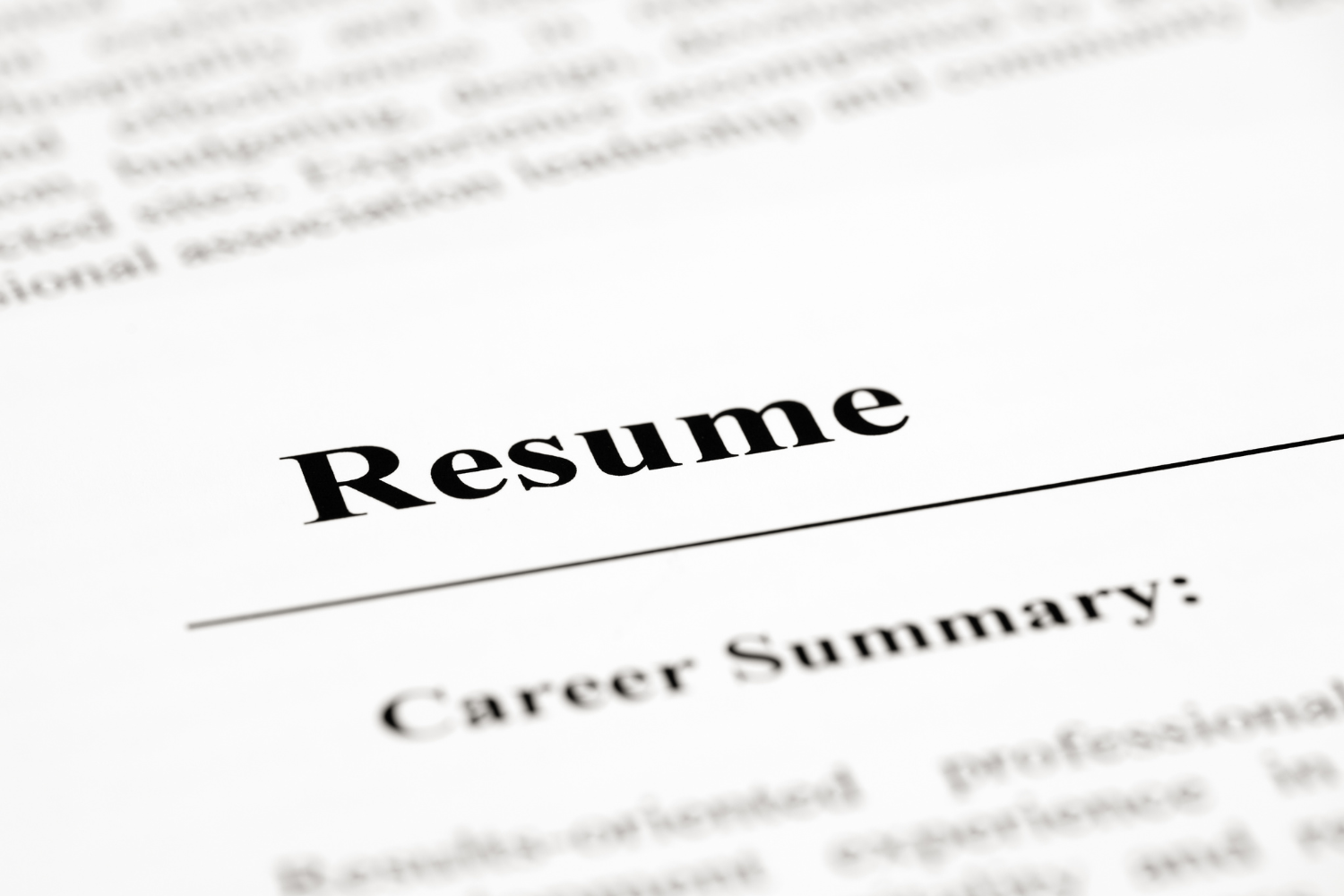Hiring in the Philippines can feel familiar, but Filipino resumes have unique traits that can easily be misunderstood. A perfectly reasonable format in Metro Manila may raise concerns for a U.S.-based employer unfamiliar with how Filipinos write or structure a bio resume. Some resumes include personal details like religion or marital status due to local norms, which may differ from what international employers typically expect, while others look like long resumes intentionally lengthened to appear more qualified.
Understanding Filipino resume red flags and knowing what green flags to look for makes the hiring process smoother. This guide highlights useful information—from job hopping patterns to how many Filipinos list the same page for every job—so you can spot a good fit and avoid red flags before the interview.
Why Filipino Resumes Require a Different Lens
Filipino resumes often include cultural elements that differ from the typical U.S. or European style. The tone may be more formal, and the structure often includes personal details like religion, age, or marital status—details that might raise concerns elsewhere. Many Filipinos write resumes that reflect local norms, such as including a photo or using a single resume format for every job, making it harder to evaluate based on Western standards.
U.S. employers may overlook qualified candidates due to unfamiliar formatting or assume a resume is one of the worst based on length or structure alone. What seems like job hopping may be normal in a local company context. A cover letter or bio resume might feel too modest or vague, but small clues like tool familiarity or specific project achievements can reveal if someone is a good fit with strong skills and a track record that leads to team success.

Green Flags to Look for in Filipino Resumes
When reviewing resumes, certain signals help spot qualified Filipino candidates quickly. Here are the top signs a resume leaves a strong impression during your hiring process.
Direct experience with Western clients or multinational firms
Filipinos with previous work experiences supporting U.S., UK, or Australian clients often show better alignment with Western expectations. They’re more likely to understand communication norms, meet deadlines, and handle business tasks without micromanagement. A resume mentioning roles in a large insurance company or a multinational brand is a strong green flag that shows they’ve already adapted to Western workflows.
Tier 1 or Tier 2 university education in a relevant field
Many Filipino applicants come from schools across the Philippines, but those who studied in top institutions tend to have stronger foundational training. Schools like the University of the Philippines or Ateneo de Manila are known for producing high-performing graduates. If you see college credentials from these schools tied to the specific job search you’re hiring for, it’s often a strong indicator of long-term potential.
Professional certifications (CPA, PRC license, etc.)
Professional credentials help confirm a candidate’s qualifications, especially in regulated or technical fields. These certifications show that the person has passed national exams and can work in roles like accounting, legal services, or healthcare.
Useful certifications to look for:
- CPA (Certified Public Accountant) – For finance, accounting, or audit roles
- PRC License (Professional Regulation Commission) – For licensed professions like teachers, engineers, or nurses
- Civil Service Exam Passer – Common in government-related positions
- TESDA Certificates – For skilled trades, digital jobs, and vocational training
- IELTS/TOEFL – Confirms English fluency for international communication
Clear signs of remote work readiness (home setup, tools used)
A proper resume often includes technical specs or internet speeds, which signal readiness for remote work. Candidates who mention having backup internet, noise-canceling headsets, and a quiet home workspace are showing you they understand what it takes to work from home professionally. This matters more if you’re hiring for jobs where reliability and communication are key.
Portfolio or quantified outcomes for creative or project roles
Comprehensive resumes with real project outcomes stand out for design, marketing, content writing, or development roles. If a candidate links to a portfolio or shares measurable success like “increased ad reach by 300%,” it’s a sign they focus on results, not just tasks. One recreated example of a good insurance agent’s resume showed project wins and data-backed performance, which helped make a stronger case for a remote position.
Consistent progression and longevity in past jobs
In many cases, Filipino professionals grow their careers within one company or industry, which can reflect strong loyalty and commitment. When you see steady growth—moving from assistant to lead or specialist to expansion manager—it shows commitment. A resume with gaps may still be valid, but long-term employment and internal promotions are green flags that often mean the person is dependable, motivated, and has outperformed in previous roles.
Familiarity with tools like Slack, Asana, QuickBooks, etc.
When a resume shared lists tools relevant to your business, that’s another strong signal. Familiarity with platforms used by U.S. teams makes onboarding easier and shortens the learning curve.
Useful tools to look for:
- Slack – For daily team communication
- Asana / Trello – For task and project management
- QuickBooks / Xero – For accounting and bookkeeping roles
- Google Workspace – For document collaboration
- Zoom / Google Meet – For video meetings
- Canva / Adobe Suite – For creative and visual roles

Red Flags That May Signal Risk
While many Filipino resumes reflect strong candidates, some warning signs may indicate potential hiring risks. These red flags don’t always mean someone isn’t qualified, but they should prompt more research or interview questions during the hiring process.
Short tenures across multiple roles (especially under 6 months)
If a person’s head has repeatedly bounced from one job to another in less than six months, it could mean they have trouble staying committed or didn’t meet expectations. In the Philippines, some job hopping happens due to contract work, but a pattern of quick exits with no explanation is often a red flag. It may also signal poor performance or challenges adapting to certain company cultures.
Vague or inflated job descriptions without client names or deliverables
Some resumes try to impress with big titles or generic claims like “led marketing strategy” without naming the business or sharing results. These types of temporary resumes don’t offer helpful information for evaluating impact. A proper resume should clearly show the position held, the company (even if it’s a certain local company), and the outcomes delivered. If a resume only includes fluff, it can make the job search harder for both sides.
Degrees from unaccredited institutions or diploma mills
In the Philippines, not all colleges meet national standards. If a resume lists a degree from a school you’ve never heard of, it’s worth checking if the institution is officially recognized. Some unaccredited institutions may not meet national education standards, so it’s important to verify credentials through official channels, and listing one as a credential can signal dishonesty or a lack of awareness about professional standards.
“Certificates” presented as degree-level credentials
Some applicants list short courses or online workshops under education, trying to make them sound like full degrees. While skills training is valuable, a three-day course in digital marketing isn’t the same as a college program. Watch out for certificates labeled as full degrees, especially when hiring for technical, regulated, or leadership positions.
No mention of home office setup or internet specs
Remote work readiness is essential. You may need to ask more questions if a resume leaves out all the details about equipment, backup power, or internet speed. Many Filipinos write resumes assuming employers already understand their setup—but without that information, you can’t gauge if they can work from home reliably.
Poor grammar or formatting in an English-language resume
The Philippines has a high English literacy rate; most Filipinos write English well. So, if a resume is full of typos, strange formatting, or unclear phrasing, it could mean the person rushed, used a copied template, or didn’t take the job search seriously. Whoever’s reading may also question their communication skills, which are crucial for remote teams.
Inconsistent career trajectory or unexplained industry jumps
If someone was a good insurance agent last year, then a designer this year, and is now applying as an expansion manager, that sudden switch should stand out. While some flexibility is common in the Philippines, significant shifts without explanation can confuse employers. Ask about the person’s work history and reasons for changing industries. Some career changes are perfectly reasonable—but others may show a lack of direction or career planning.

The Filipino Resume Screening Checklist
Use this checklist to assess if a Filipino resume meets your needs quickly. These categories help filter the strongest candidates from the rest.
Education — Tier and field match
A resume from a college graduate is common, but not all schools provide the same training. Tier 1 or Tier 2 universities in the Philippines tend to produce stronger candidates. If the field of study matches the position—like accounting for a finance role—it’s a green flag. But if someone studied hotel management and is applying for a tech job, it’s worth a second look to see if they’ve made specific adjustments with added training.
Experience — Relevance and client type
Good resumes mention past work with a large insurance company, global brand, or a known business type. Experience with Western clients matters because it shows cultural fit. A person with five jobs in one industry is likely more stable than someone who switches jobs every few months without a clear path. The best resumes match previous work experiences directly with your hiring role.
Remote readiness — Setup and past success
Remote work is not new in the Philippines. A qualified resume includes details like internet speed, tools used, and examples of handling tasks from home. If the resume shared includes mention of Slack, Zoom, or backup internet, that’s a clear sign the applicant understands how remote teams operate. Missing this info doesn’t always mean a red flag—but it does mean you’ll need more follow-up.
Communication — Written clarity and formatting
A well-written resume stands out. Roles requiring frequent written communication, unclear grammar or formatting, or too many buzzwords can sometimes raise concerns about communication readiness. It’s not about perfect English—but it should be easy to read, clear, and free from obvious errors. That tells you how much care the person took in presenting their job search.
Cultural alignment — Past cross-cultural experience
Filipinos who’ve worked with international teams tend to adapt faster and need less training. If someone helped a U.S. sales team or worked under a foreign expansion manager, that’s valuable. It shows they know how to adjust to different time zones, communication styles, and feedback methods. This alignment often leads to better long-term employee fit.
Credentials — Licenses or certifications where applicable
If the role requires special training, look for credentials like a CPA, PRC license, or other relevant certificates. These add credibility to the resume and show the person invested in growing their career. In finance, engineering, or healthcare industries, missing credentials may mean the candidate isn’t fully qualified yet.
When to Follow Up and Ask Questions
Not every resume gives the full picture. Sometimes, you must ask questions during interviews or screening to fill in the gaps and avoid misunderstandings.
How to gently clarify vague or questionable resume items
If the resume says “business consultant” but doesn’t name the company or results, ask for specifics without sounding doubtful. Use a tone that’s curious, not critical. A good example: “Could you walk me through what your day-to-day looked like in that role?” This keeps the conversation open while helping you spot red flags.
Questions that help verify experience without causing friction
Instead of asking, “Did you really do this yourself?” try questions like:
- “What tools did you use for that project?”
- “What was your biggest challenge in that position?”
- “How was success measured in that role?”
- These make it easier to check for exaggeration while allowing the candidate to explain their work clearly and confidently.
How to gauge honesty and self-awareness in follow-ups
Listen to how the person responds when asked about job hopping, gaps, or a mismatch in skills. A qualified candidate won’t get defensive. They’ll explain their story with context. That shows self-awareness if someone owns past mistakes or talks through what they’ve learned. It may be a red flag if they blame every company or give unclear answers.

Use Context, Not Just Credentials
A Filipino resume isn’t just a list of jobs—it reflects culture, opportunity, and resourcefulness. The key is knowing how to read between the lines. Spotting Filipino resume red flags doesn’t mean ruling someone out immediately, and green flags go beyond school names or job titles. Use the full checklist to make smarter hiring decisions, confidently move through the job search process, and uncover strong candidates who might otherwise be missed. With the right approach, you’ll find people in the Philippines who are qualified and ready to grow with your team.
Frequently Asked Questions
What is considered a short tenure on a Filipino resume?
Anything under 6 months without a clear reason is generally considered a short tenure.
How do I know if a Philippine university is legitimate?
Check the school’s accreditation on the Commission on Higher Education (CHED) website.
Should I be concerned if there’s no home office info listed?
Not always—but it’s a good reason to follow up and ask about their setup.
Are training certificates as valuable as degrees in the Philippines?
Certificates offer practical value, especially with relevant experience, but may not replace formal degree requirements in regulated fields.
How do I ask about resume red flags without sounding accusatory?
Use open-ended questions that invite details, like “Can you tell me more about this role?”
References
- Commission on Higher Education (CHED). (2022). Center of Excellence and Center of Development Programs. https://ieducationphl.ched.gov.ph/wp-content/uploads/2022/02/List-of-Centers-of-Excellence-and-Development.pdf
- Philippine Statistics Authority. (2025). Labor Force Survey. https://psa.gov.ph/statistics/labor-force-survey
- Philippine Statistics Authority. (2022). Women and Men in the Philippines Statistical Handbook. https://psa.gov.ph/publication/women-and-Men-in-the-philippines-statistical-handbook
- Professional Regulation Commission (PRC). (2023). Professional Regulatory Boards. https://www.prc.gov.ph/professional-regulatory-boards




